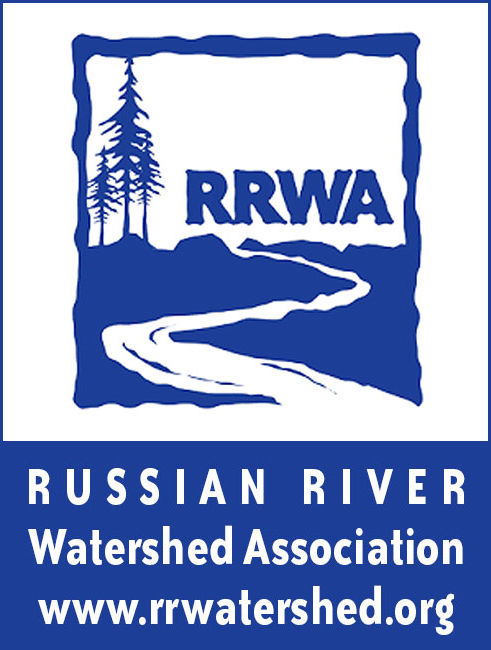On Monday, October 9, 2017, many local Mendocino, Sonoma, Napa County residents woke to falling ash, intense winds, and a red glow in the distance. Five wildfires broke out in these three counties within hours of each other: Redwood Fire in Redwood Valley, Mendocino County; the Pocket Fire, Tubbs Fire, and Nuns Fire in Sonoma County; and the Atlas Fire in Napa County.
The wildfires destroyed thousands of homes and scarred 400 square miles of land. Even though the wildfires were contained, the effects on local economics, social safety, natural resources, housing, and hydrology will be felt for years to come. This column describes our current knowledge of how wildfires affect hydrology and how Northern California differs from other places that have been studied in the past.
Imagine a gently-sloping, one-acre field of grass with an oak tree in the center. Before the wildfires, when rain fell from the sky, water was captured by blades of grass and oak tree leaves. Rain that surpassed these barriers either soaked into the soil or flowed down the gentle slope towards the nearest stream. During the wildfires, grass quickly burned away and soil was charred from heat and covered in ash. The oak tree fell and burned, leaving a thicker layer of ash.
Now consider post-wildfire rainfall. The one-acre area is covered with a layer of ash, potentially several inches thick. Water is no longer captured by blades of grass or leaves of the oak tree. Water falls directly to the ground, but cannot soak into the soil (infiltrate) because the ash has wedged itself in the pore spaces of the soils and created a hydrophobic water repellent seal.
The only direction for the water to go is down the gentle slope and into the nearest stream. This has serious impacts to local hydrology. Flash floods occur faster and the post-wildfire flow rates can be double the pre-wildfire flow rates.
Russian River floods potentially may cause more damage and occur more frequently. Surface water quality is impacted by increased concentrations of debris, ash and sediments. The big issue is that the effects of the ash on the soil do not go away for between two and seven years, according to research conducted in New Mexico and Colorado (Martin and Moody, 2001).
The ability for post-wildfire soils to infiltrate rainwater depends on four primary factors: geology, ecology, burn intensity and the time since the fire. Clay soils already have low infiltration rates compared to sandy soils. Remembering our example of the grass and the oak tree, the grass ecosystem recovers faster than the oak tree ecosystem, because the oak tree ash layer is thicker and burns hotter. Hotter burns generate white ash that is more hydrophobic than gray or black ash, and takes several more years for fire recovery (Harding, 2018).
Our understanding of how wildfires affect hydrology in Northern California is limited, because previous studies have been conducted in regions with different geology and ecology.
Johnathan Perkins of the United States Geological Survey (USGS) is working on a study to quantify how infiltration rates change over time in a number of different burn areas in Northern California. Preliminary data has shown that infiltration rates are still decreasing since the wildfires, indicating that the chemical and biological processes that seal soils may still be getting worse (Perkins, 2018). Relationships between infiltration rates and local geology, ecology, and burn intensity still are being developed. This USGS study will move us forward in developing our understanding of long term effects of the wildfires on our local hydrology.
Even though the wildfires are many months behind us, the effects that wildfires had on our local environment will be felt for years. Climate predictions indicate greater intensity storm events and increased frequency of atmospheric rivers hammering our region with greater flow rates during floods.
These conditions, coupled with sealed soils, are of great concern to our local ecology and socioeconomic stability. Local stakeholders, agencies, government, utilities and residents are working closely together to mitigate risks. It is up to us, the community members, to understand the risks and be prepared for what Mother Nature can throw at us.
This article was authored by Brian Wallace, of LACO Associates, on behalf of RRWA. RRWA (www.rrwatershed.org) is an association of local public agencies in the Russian River Watershed that have come together to coordinate regional programs for clean water, habitat restoration, and watershed enhancement.









